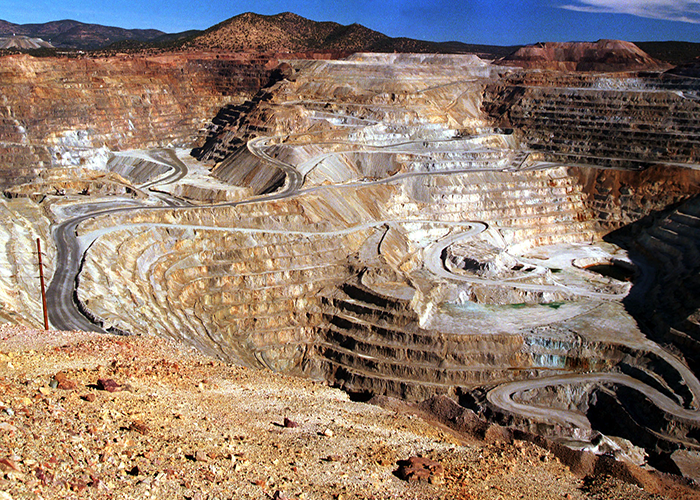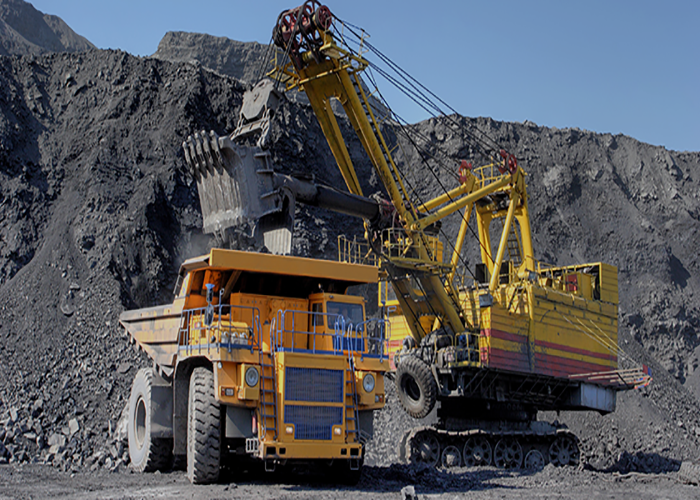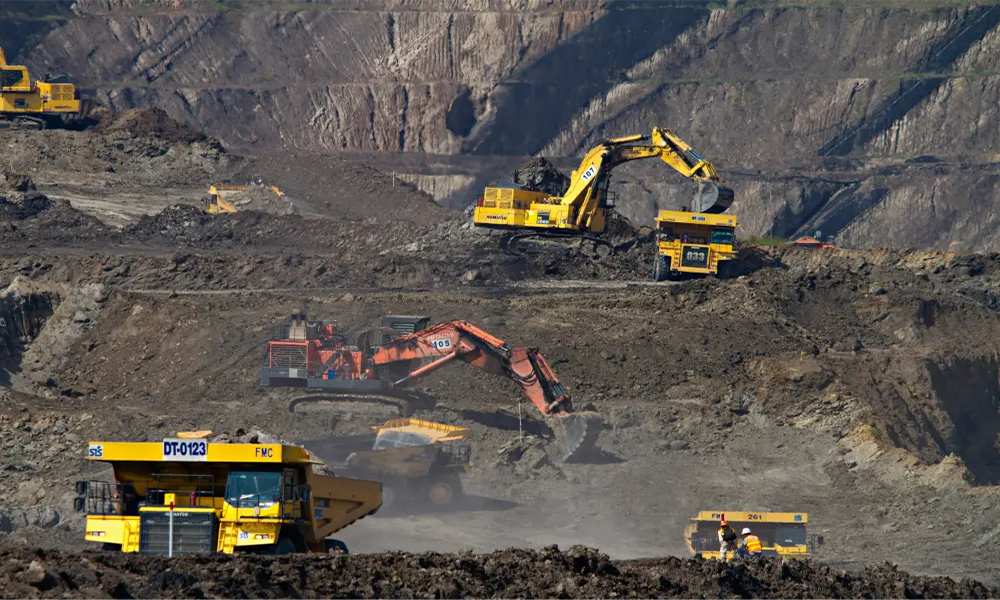Water and Wastewater Treatment in Mining Operations Using STP, ETP, WTP, WWTP, RO, and Industrial Technologies

India is rich in mineral resources, and mining is a critical industry fueling economic and industrial growth. From coal and iron ore to bauxite and limestone, mining operations contribute significantly to the energy, infrastructure, and manufacturing sectors. The industry has expanded across several states, including Odisha, Jharkhand, and Maharashtra.
Though not the largest mining state, Maharashtra has considerable reserves of manganese, limestone, and coal. Mining activities are spread across districts like Chandrapur, Nagpur, and Yavatmal. Mining involves heavy excavation, drilling, and material processing, so it depends heavily on water. Also, it generates significant wastewater, demanding efficient water treatment solutions to protect local water bodies and comply with environmental norms.
Mining Operations Require Water for Drilling, Ore Processing, Dust Control, and Worker Sanitation
Water plays a crucial role in mining operations across various stages. It is used in drilling to cool down equipment and suppress dust, in ore beneficiation to separate valuable minerals, and in slurry transportation of extracted material. Water is also required for cooling and cleaning machinery.
In addition, water is necessary for dust suppression on haul roads and hygiene in worker camps and processing areas. Given the scale of usage, any disruption in water supply can halt operations. Therefore, securing and treating water for consistent quality and availability is a primary concern for mining companies.
Mining Wastewater Comes From Drilling, Washing, Ore Processing, and Domestic Use at Sites
Wastewater generation in mining operations is inevitable. Drilling and blasting activities produce slurry and wash water contaminated with rock particles and chemicals. Ore processing involves flotation and leaching, using water mixed with reagents and acids to generate chemically loaded effluent.
"In mining, water is as essential as machinery. Managing water wisely—through treatment and reuse—is key to operational continuity, environmental protection, and long-term sustainability."
Besides industrial activities, wastewater is also generated from domestic uses such as toilets, kitchens, and showers in worker camps. Additionally, surface runoff from mining areas during rains carries sediments and pollutants into nearby water bodies. All of this needs treatment before reuse or safe discharge.
Mining Wastewater Includes Sludge, Heavy Metals, Acids, Oils, and Suspended Solids
The nature of wastewater in mining operations varies depending on the type of mining and processing methods used. Common pollutants include suspended solids, residual oils, heavy metals like mercury and arsenic, and acidic or alkaline runoffs. Flotation and leaching processes contribute further contaminants like cyanide or sulfur compounds.
This mix of physical, chemical, and sometimes hazardous waste makes mining effluent one of the most complex to treat. Without proper treatment, it can severely damage ecosystems and pollute groundwater sources. As such, comprehensive treatment systems tailored to specific mine operations are vital.
Mining Wastewater is Treated Through Sedimentation, Neutralization, Filtration, and Biological Processes
A multi-step approach is commonly employed to treat mining wastewater. The first stage typically includes sedimentation or clarification tanks to settle out heavy solids. Neutralization using lime or other agents adjusts the pH of acidic water caused by acid mine drainage (AMD).
Further stages may include coagulation, filtration through sand or activated carbon, and chemical treatment to remove heavy metals. In some cases, constructed wetlands and bioreactors are used for biological treatment. Depending on environmental norms, disinfected and cleaned water may then be reused in operations or safely discharged.
Advanced RO, Ultrafiltration, and ZLD Systems Enable Water Reuse in Modern Mining Projects
Mining companies increasingly adopt advanced water treatment technologies to recycle and reuse wastewater. Reverse Osmosis (RO), ultrafiltration, and Zero Liquid Discharge (ZLD) systems help recover a large percentage of water from mining effluent, reducing the need for freshwater intake.
Automated monitoring and control systems track water quality and flow in real-time, improving efficiency and compliance. Tailings management systems are also evolving to minimize water loss. These innovations support sustainable mining by balancing water use with environmental stewardship and cost management.
Customized STP, ETP, and RO Solutions for Mining Industry Water and Wastewater Management
We specialize in providing end-to-end water and wastewater treatment systems tailored for mining operations. Our services include designing and installing ETPs, STPs, WTPs, and RO systems that handle mining wastewater's unique chemical and physical properties.
Our team offers site assessments, solution engineering, and system automation with real-time monitoring to ensure reliable performance and environmental compliance. Whether you're running an open-cast coal mine or a mineral processing plant, we deliver solutions that reduce water costs, improve sustainability, and meet statutory discharge standards.
Conclusion: Sustainable Water Management for Mining Operations

Sustainable Water Management in Hospitals Ensures Safety, Compliance, and Environmental Stewardship
Mining operations depend heavily on water but are also responsible for generating large volumes of complex wastewater. To protect the environment and sustain long-term operations, mining industries must adopt efficient water treatment systems—ranging from sedimentation and chemical treatment to RO and ZLD. Responsible water use is no longer optional, with rising environmental regulations and cost pressures. Our customized solutions help mining companies in India and Maharashtra manage water effectively—reducing their ecological footprint while maintaining operational efficiency.

